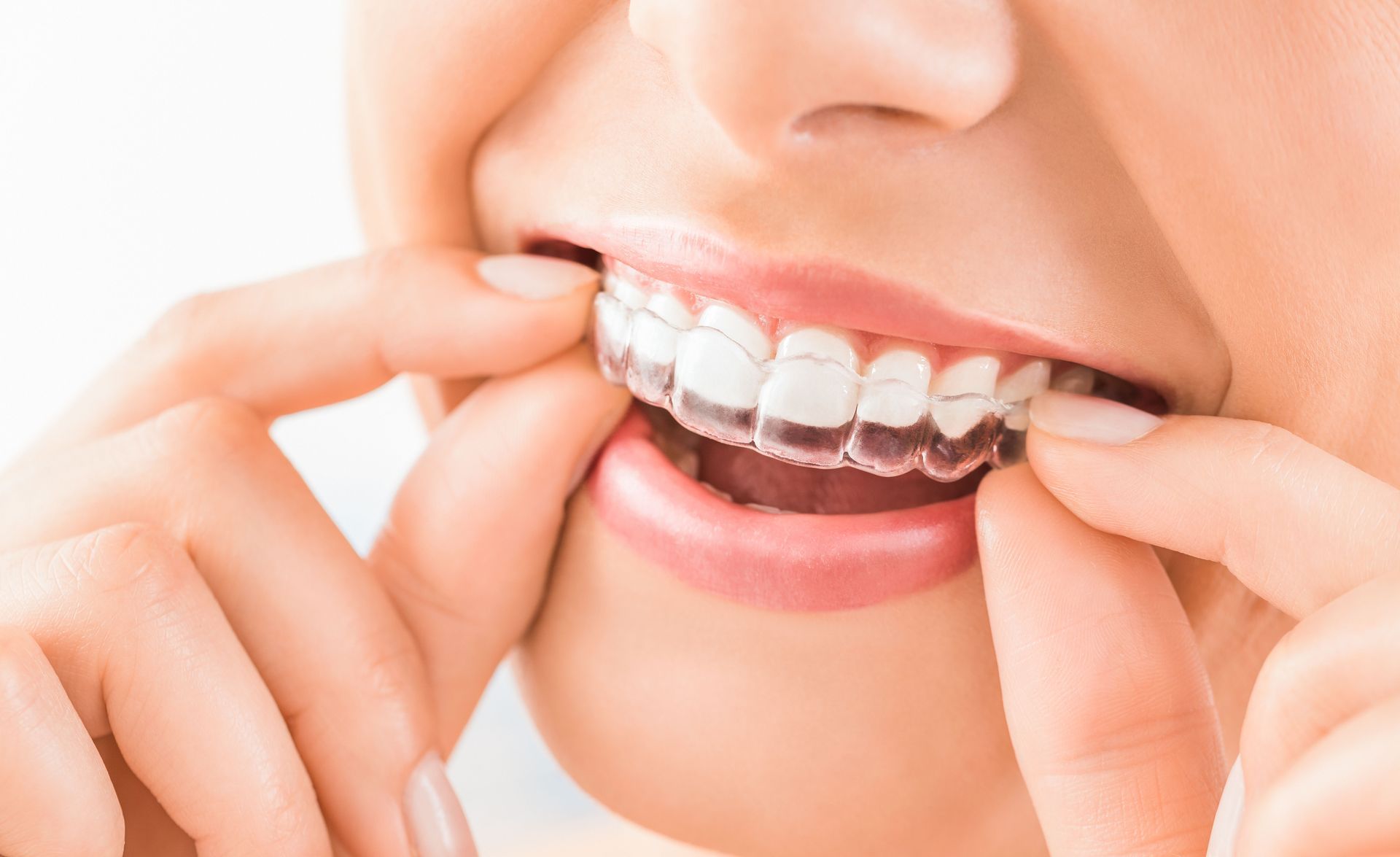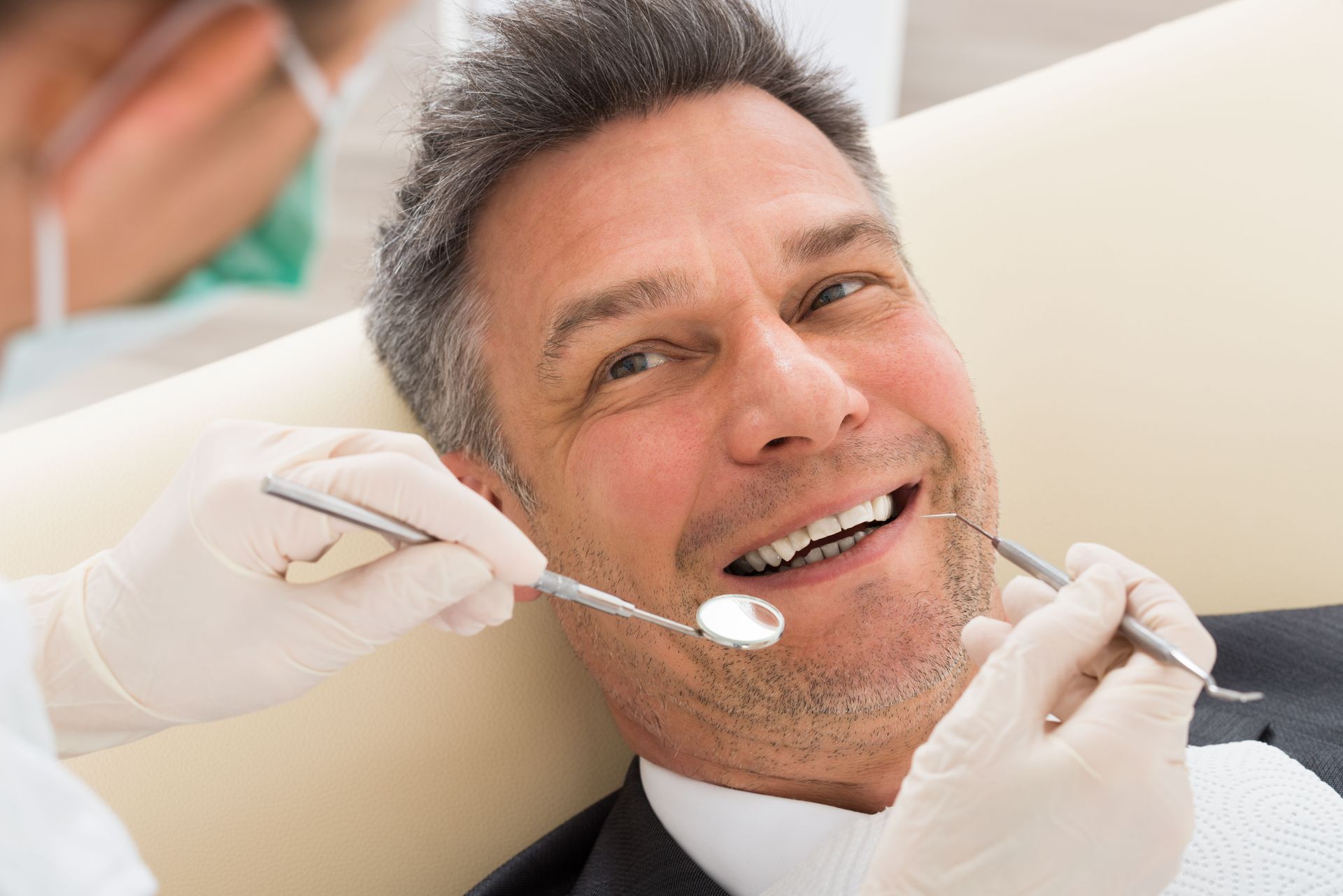A Brief History of Orthodontics
When you or your children visit the orthodontist, you should marvel at how technology has made the experience so much simpler. Computer-guided imagery makes creating things like braces and Invisalign a snap. Let's compare that to the first time that dental practice became a field of study at universities. According to Byte, it was in 1580 — nearly 400 years before anesthetics like novocaine were invented to numb the mouth. The history of orthodontics stretches farther back. How far? Let's take a look.
The Ancients Did It First
The first attempts at doing orthodontic works were done by the Ancient Romans, Greeks, and Egyptians, according to Colgate. The last group was the most refined, wrapping wires around teeth to straighten them over time. The other two, the Greeks and Romans, were a bit more extreme, and their methods likely left the patients wishing they had just kept their crooked teeth.
An 18th Century Frenchman Was a Key Player
We're going to jump ahead now through various centuries. It's not that the people who lived through these times didn't care about teeth, but they didn't make any appreciable advancements that impact the state of orthodontics today. It wasn't until the 1800s that a gentleman named Pierre Fauchard wrote a book called "The Surgeon's Dentist," which started the modern movement of orthodontics, according to Britannica.
There Was a Rapid Advance to Modern Times
According to the National Library of Medicine, in 1841, a gentleman named Joachim Lefoulon coined the term "orthodontics," which is still what we call this specialized field of dentistry today. It became a dental specialty in 1900 and Edward Angle, the founder of the American Society of Orthodontia, was known as the man who ushered it into the modern age, according to the American Association of Orthodontists. Your orthodontist has Lefoulon and Angle to thank for their current job.
Over the years, many different materials were used to straighten teeth, including animal guts, gold, and silver, according to Ormco. Thankfully, today's materials for braces have been highly refined. In fact, the materials used in ultra-modern clear ceramic braces were developed by NASA, according to NASA.gov. Over the years, there have been many improvements in dental resin, which can keep the braces in place.
These are just a few facts about the history of orthodontics. Are you looking for an orthodontist in your area? Contact us at Junction Orthodontics today to learn more about our dental and orthodontic services.











Share On: